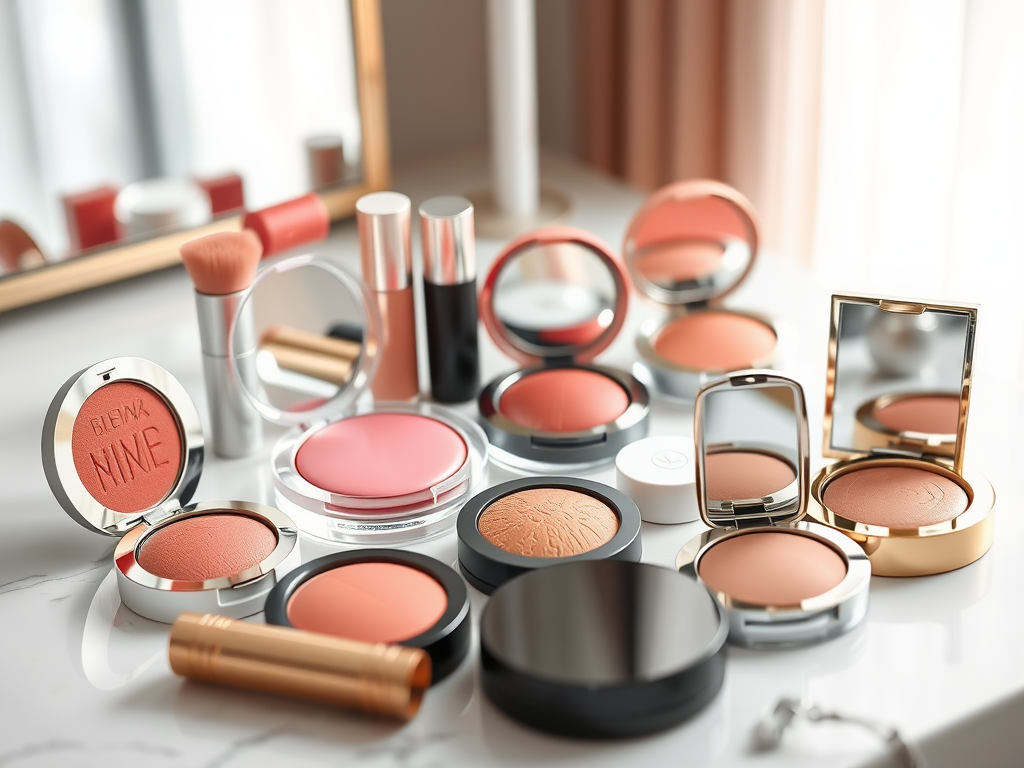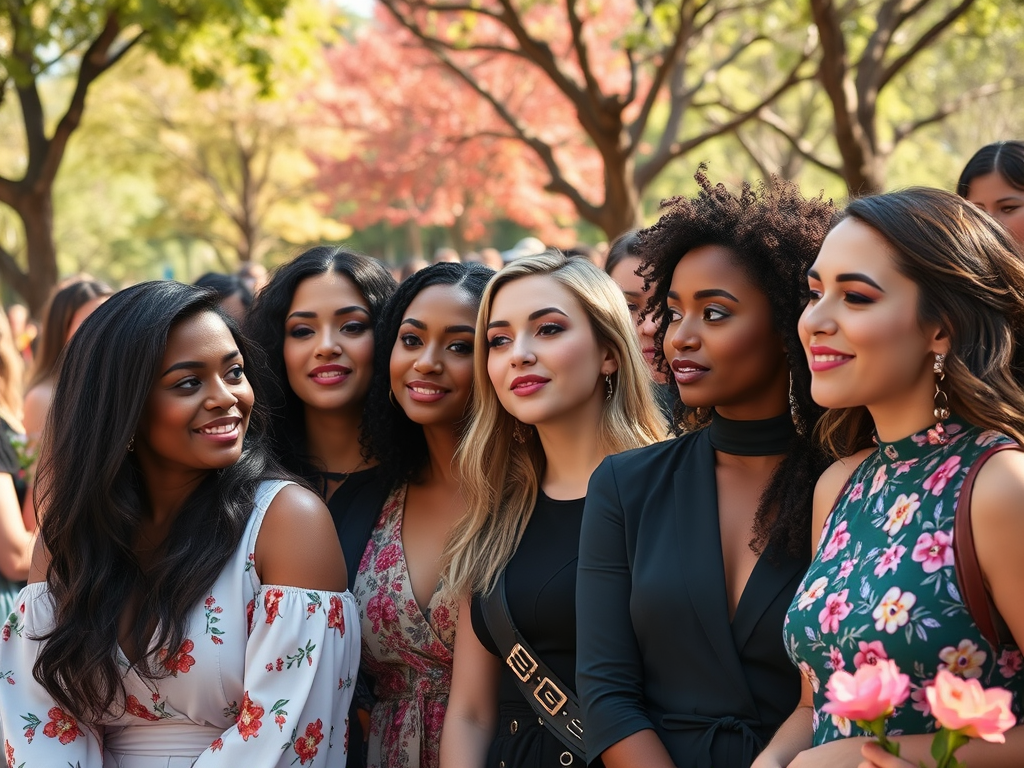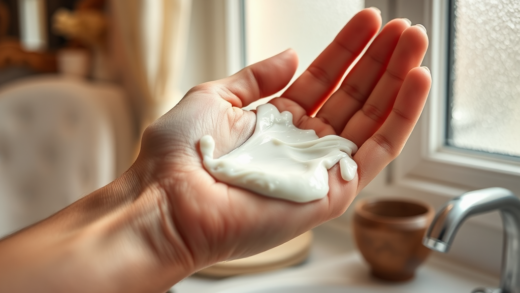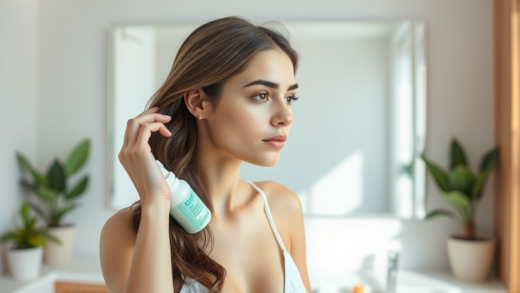Choosing the right blush can feel like an intricate dance, one that balances your skin’s tone and undertone with the hues that flatter your features. A well-selected blush can bring warmth and life to your face, enhancing your natural beauty while providing a healthy glow. With a myriad of choices available, you might find yourself feeling overwhelmed, especially with terms like “cool,” “warm,” and “neutral” being tossed around like candy at a parade. However, this guide will simplify your decision-making process and empower you to choose a blush color that reflects your best self. You’ll not only learn how to identify your ideal shades but also discover the application techniques that ensure you look radiant. Let’s embark on this colorful journey together!
Understanding the Basics of Blush Color

Blush serves as the final touch in your makeup routine, bridging the gap between foundation and the vibrant hues of your lips and eyes. Its primary function is to add a pop of color to your cheeks, giving you a youthful, fresh-faced appearance. However, selecting the right shade isn’t just about personal preference; it’s about understanding the different factors that influence how colors interact with your skin. The foundational elements include knowing your skin tone, undertone, and even seasonal trends that affect blush choices. As makeup enthusiasts know, the perfect blush can make or break your overall look. But before we dive into specifics, it’s crucial to grasp how your skin’s undertones can impact your color choices.
The Importance of Skin Undertones

Skin undertones play a significant role in determining which blush color will complement your complexion. Understanding your undertone can transform your makeup routine from mundane to majestic. There are three main undertones: cool, warm, and neutral. Cool undertones tend to have a pink, red, or blue hue, making certain colors pop against the skin. On the other hand, warm undertones feature yellow, peach, or golden tones that glow against golden or beige shades. Finally, neutral undertones can wear a variety of shades from both categories without looking washed out. Hence, knowing your undertone allows you to choose the right blush that enhances your features beautifully.
Identifying Your Undertone
- Cool Undertones: Look for pink, red, or blue hues in your skin.
- Warm Undertones: Yellow, peach, or golden are the key colors for you.
- Neutral Undertones: If you see a blend of both cool and warm, you’re likely neutral.
Best Blush Colors by Undertone
- Cool Undertones: Soft pinks, berries, and lavender tones.
- Warm Undertones: Peach, coral, and warm nude shades.
- Neutral Undertones: Rose, soft mauves, and peachy pinks.
Blush Shades for Different Skin Tones
If identifying your undertone is step one, the next step is considering your skin tone. This factor significantly influences how a shade appears once applied to your cheeks. Lighter skin tones can often pale beneath darker hues, while deep skin tones can easily wash out with overly light shades. Generally, blush falls into three categories based on skin tone: light, medium, and deep. Each category holds its own unique palette of flattering shades. Below, you’ll find the recommended shades tailored for each skin tone, ensuring your cheeks glow with a hue that enhances rather than detracts.
| Skin Tone | Recommended Blush Colors |
|---|---|
| Light | Light pinks, soft corals, and peaches. |
| Medium | Mauves, rose, and warm peach tones. |
| Deep | Rich berry, plum, and deep burgundy shades. |
With this information, you can make informed choices that will flatter your unique complexion. However, there’s more to selecting the perfect blush than just color. Different seasons can dictate which shades may feel more appropriate or trendy. As the seasons change, so too do our makeup palettes, and understanding these shifts can help you refine your look throughout the year.
Seasonal Trends in Blush Colors
Blush trends are just as dynamic as the seasons themselves. In spring and summer, vibrant shades reminiscent of blooming flowers and beams of sunlight often take center stage. These warmer months are the perfect time to experiment with brighter hues that add playfulness to your appearance. On the other hand, autumn and winter call for a different approach—they suggest rich, deeper hues that add sophistication and warmth to your makeup. Such seasonal inspiration can guide your choices, ensuring your blush complements not just your skin tone but also the spirit of the season.
Spring and Summer
- Bright pinks
- Crisp corals
- Flirty peaches
Autumn and Winter
- Deep burgundies
- Rich plums
- Warm browns
Tips for Applying Blush Effectively
Choosing the right color is only half the battle; effective application can make all the difference in achieving a polished look. Application techniques can vary, but they all share a common goal: to create a natural, seamless blend. One common method is known as the “Smile Technique,” where you smile to locate the apples of your cheeks and apply the blush there before blending outwards. Additionally, the right tools are paramount; whether you prefer a brush, sponge, or your fingers can influence the finished product. Paying attention to the formula of your blush—be it powder, cream, or gel—is also crucial, as it should align with your skin type and personal preferences for a flattering finish.
- Apply blush to the apples of your cheeks.
- Blend towards the temples for a seamless look.
- Experiment with various tools for different effects.
Conclusion
In summary, selecting the perfect blush color is a nuanced process that combines an understanding of your skin’s undertone, tone, and even the seasonal context in which you’re applying it. By arming yourself with knowledge about the best colors for your complexion and mastering application techniques, you can elevate your makeup game significantly. This comprehensive guide aims to provide you with the confidence needed to make informed blush choices that complement your unique beauty. Embrace the colorful journey of self-expression through makeup, and let your inner radiance shine through!
Frequently Asked Questions
- What blush color is best for fair skin?
Light pinks and soft corals are ideal for fair skin. - Can I wear blush if I have darker skin?
Absolutely! Rich berry and deep plum shades look stunning on darker skin tones. - How can I find my undertone?
Look at the veins on your wrist; blue indicates cool undertones, while green suggests warm undertones. - What is the best way to apply blush?
Smile and apply to the apples of your cheeks, then blend towards the temples for a natural look. - Are there any blush colors to avoid?
Avoid overly bright or dark shades that can appear harsh against your skin tone.


